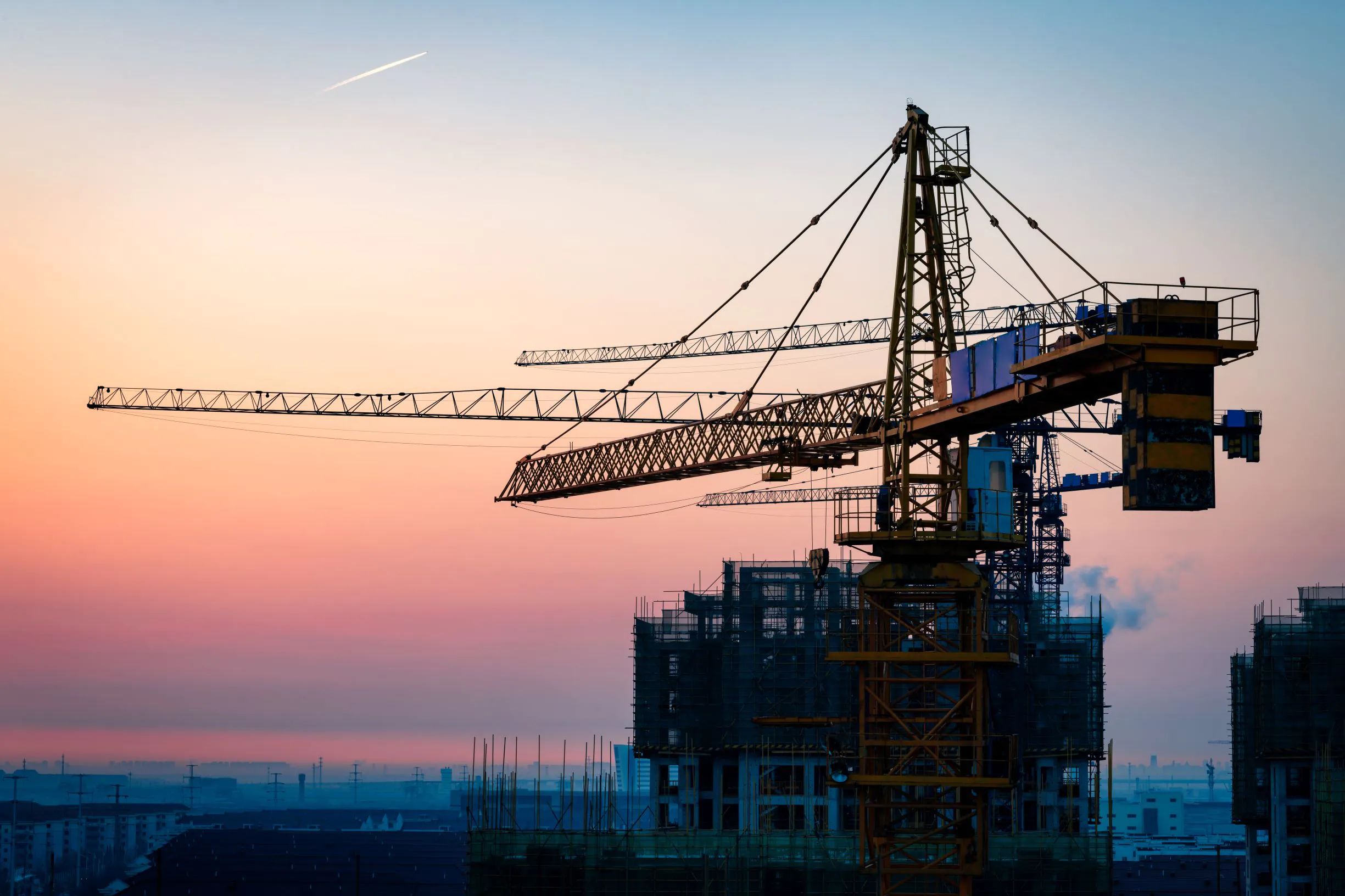Engineering and Construction Industry Outlook 2020
As with many other industries around the world, COVID-19 has been taking its toll on engineering and construction companies this year. Firms have been forced to downsize their operations and reinvent their business practices in order to handle shrinking market demand, new safety standards, and an increasing number of employees working from home.
The engineering and construction sector faced challenges last year in terms of cost pressures, labor shortages, and the growing prevalence of fixed-bid projects. Despite this, the industry had been growing and adapting, and experts had expected that growth to continue during 2020. The global pandemic put a stop to this growth and threw new hurdles in the path of engineering and construction companies worldwide.
According to market research by Deloitte, employment in the engineering and construction industry fell nearly 13% in April this year, with construction employment dropping by close to 1 million workers to hit its lowest point since 2016. Companies are seeing a substantial rise in project cancellations as countries slow or shut down operations and clients reduce their operations. The supply chain has become less reliable with disruptions to both manufacturers and shipping companies, making it harder to obtain materials and equipment, especially if sourced from Asian countries such as China. And construction firms are facing legal difficulties as well, as they or their suppliers are unable to fulfill contracts due to the pandemic circumstances.
Despite these challenges and setbacks, the engineering and construction sector has been less impacted by COVID-19 than many others. Deloitte notes that construction spending rose in the first quarter of 2020, and expects that one construction industry trend in the near future will be public spending on infrastructure. While projects such as entertainment, retail, and hospitality may be put on hold, public infrastructure projects in the areas of healthcare, transit, and utility could rise significantly as local and national governments look to improve and increase essential structures and services and to help restart their economies.
What’s in Store for the Engineering and Construction Industry Going Forward?
Construction projects are likely to move at a slower pace for the duration of the pandemic, due to challenges and more conservative practices across the supply chain. Suppliers face their own operational challenges in terms of shutdowns, reduced operations, and other issues, and while shipping has improved since the early months of the pandemic, it still faces delays and issues of its own. On the other end of the chain, clients will be more conservative in the projects they undertake. Engineering and construction companies themselves continue to have to contend with increased safety practices such as social distancing and sanitization, as well as other operational changes faced by companies across industries.
Contracts will continue to be a key point of focus for engineering and construction companies, both as customers and service providers. Firms can expect to restructure and renegotiate their contracts in order to adjust to supply, shipping, and labor situations on all sides. This will test business relationships and negotiation skills as parties work to make the most beneficial agreements. Offering flexibility in contracts where possible can be key both to continuing operations and maintaining relationships with both suppliers and clients. The events of the pandemic will likely impact how contracts are written and negotiated in the future, as industry players discover new challenges and needs.
Worker safety may be changing for the better. COVID-19 has necessitated new policies and practices, and those could continue to impact workers even after the pandemic passes. Working from home will become more common, and assembly line efficiency improved, helping to increase productivity, reduce costs, and shorten project lengths.
Construction Industry Trends and Practices to Watch
The construction sector is going digital. Beyond just meetings and desk work, companies are adopting new technology that allows them to perform more tasks remotely. Some solutions, such as building information modelling and integrated project management platforms, were already beginning to be adopted by the industry, and the pandemic is encouraging more firms to utilize those solutions. A digital supply network is also a key tool when the supply chain faces so many uncertainties. Visualization, collaboration, and scheduling can be significantly improved by adopting new technologies, and will be key to operating efficiently and competitively once the pandemic ends.
Automation is also increasing in order to adapt to social distancing and smaller workforces. The need to operate safely and to decrease expenses by utilizing fewer workers are driving companies to automate more processes, and the new technologies adopted here will continue to benefit the engineering and construction industry once companies have returned to normal operations. Robotics allow for automation of simple tasks, while drones can be used to inspect projects from a distance.
The types of construction projects being taken up will likely change during and after the pandemic. While some people will return to working in offices, many will continue working remotely, and cities will need to accommodate these workplace changes. PwC predicts that this will lead to greater investments in telecom and smart city initiatives and data centers in order to support remote, diversified business practices. There may be less demand for commercial infrastructure as well, as consumers continue to shop online and many smaller businesses are forced to close altogether due to the financial strain of the pandemic.
Leading Engineering and Construction Companies in 2020
Many smaller firms in the engineering and construction industry are struggling with the cancellation of projects, supply chain uncertainty, and shutdowns, facing bankruptcy or being bought up by larger corporations. The bigger construction companies have the resources and connections to be more resilient in the face of the pandemic, and will have an easier time adapting to challenges.
The construction industry’s top companies include:
- China State Construction Engineering Corp Ltd (CSCEC)
- China Railway Group Ltd (CREC)
- China Railway Construction Corp Ltd (CRCC)
- China Communication Construction Company Ltd (CCCC)
- Vinci
- Metallurgical Corporation of China Ltd (MCC)
- ACTIVIDADES DE CONSTRUCCION Y SERVICIOS, S.A. (ACS)
- Bouygues
- Daiwa House Industry Co.
- Samsung C&T Corp
For more on these engineering and construction firms as well as an overview of construction industry statistics and trends, check out our Global Construction Industry Factsheet and Top Civil Engineering Companies of 2020, or explore the BizVibe marketplace.



